Dearth of quality defenders, position's evolution lead to overspending

There were two recurring themes about transfers this summer. Firstly, murmurs of doubt from people discussing Manchester United and Arsenal, asking why they haven’t signed defenders when they so clearly need them. And secondly, splutters of incredulity when Paris St.-Germain bought David Luiz for £50 million; Manchester City paid £32 million for Eliaquim Mangala; Bayern spent £21 million on Mehdi Benatia and Roma replaced him by shelling out £10.5 million on Kostas Manolas; when Liverpool bought Dejan Lovren for £20 million and Barcelona paid £16 million for Jeremy Mathieu, the same price United ending up splashing on Marcos Rojo.
The two themes, of course, are interlinked: there just aren’t many defenders about. That’s why, after a while out with injury and then a year moldering in Arsenal’s reserves, Thomas Vermaelen suddenly became sought after this summer, with United and Barcelona bickering over him before the latter won out.
In England, there has been much hand-wringing because of the dearth of center backs. Phil Jagielka had a poor World Cup and was exposed again on last weekend as his Everton side leaked six against Chelsea, yet he will be back in the national side if Phil Jones or Gary Cahill suffers an injury. A decade ago, England had Sol Campbell and Rio Ferdinand in tandem at the back, with players of the caliber of John Terry, Ledley King and Jonathan Woodgate contesting the back-up roles. But England isn’t alone.
TRANSFERS: The major moves across Europe this summer
Defenders are in demand and costing vast sums, because the quality ones are few and far in between. Germany may look with some satisfaction at its airing of Jerome Boateng and Mats Hummels, with Per Mertesacker and Benedikt Howedes in reserve, but who else depth like that?
Gerard Pique is suspect in the air and Sergio Ramos can be wild, yet they have been the first-choice for Spain for years. The Netherlands was so poor defensively that Louis van Gaal changed his entire formation to bring in an extra center back as protection. Argentina got to the World Cup final, yet Federico Fernandez was deemed so unreliable by Rafa Benitez that he sold him from Napoli to Swansea (although it is something of a mystery that the solid if slow Ezequiel Garay moved so cheaply from Benfica to Zenit).
In Thiago Silva, Brazil has arguably the best center back in the world, composed and commanding, but as soon as he was suspended at the World Cup, the rest of the host side's defense fell apart. Which brings us back to Luiz. Let’s accept that his performance against Germany in the World Cup semifinal was an aberration, that the pressure, emotion and circumstances got the better of him and that he’ll never lose his head in quite the same way again.
Let’s bear in mind that his partnership with Silva has been effective for Brazil and write off their jitters in the third-place playoff at the World Cup to the aftershock of the 7-1 defeat in Belo Horizonte. Even then, is he worth £50 million? (The fee, of course, was agreed before the World Cup)
Hits, misses from 10 of Europe's most interesting summer transfers
Or, to put it in a way perhaps more relevant to the mechanics of modern football: why would PSG pay that for him? The answer perhaps lies in the evolving role of the center back. Although there have always been elegant, ball-playing defenders, it was once possible to be a decent center back by being big and disciplined. At the highest level these days, though, that isn’t enough.
Thanks to the influence of van Gaal and Marcelo Bielsa, the majority of top sides feel the need to play with at least one passing center back while an increasing emphasis has been placed on mobility: With a hard press, it’s essential that a center back has the pace to recover if a well-weighted ball is played over the top, and handy if he has the speed and alertness to spring forward to make an interception.
That’s why it’s become so common for holding midfielders to be used in the back line, Javier Mascherano at Barcelona and Javi Martinez at Bayern Munich being the two most obvious examples. It takes time, though, for that change in emphasis to filter down to academies. A quick player who can pass is unlikely to be seen as a natural central defender – even if he also has the height, courage and concentration the position requires.
GLOCKNER: Big-spending powers leave second-tier sides frustrated
The best modern center backs require a rare combination of qualities. Luiz is quick, big, strong, brave and can pass. He may lose concentration from time to time – especially if Silva isn’t there to talk him through games – but he ticks a lot of the boxes. Worth £50 million? Perhaps not, but given the lack of similar players and PSG’s extreme wealth, you can see why the club thought him worth the outlay.
That’s also why Barcelona spent the equivalent of Mario Balotelli on a 30-year-old, and why City paid double that for a defender who was in the France squad but didn’t even make it onto the field at the World Cup.
Defending is changing, and there are very few who can meet the modern demands of the role.
GALLERY: Major Summer Transfers
Stars of Europe's Summer Transfer Window
James Rodriguez
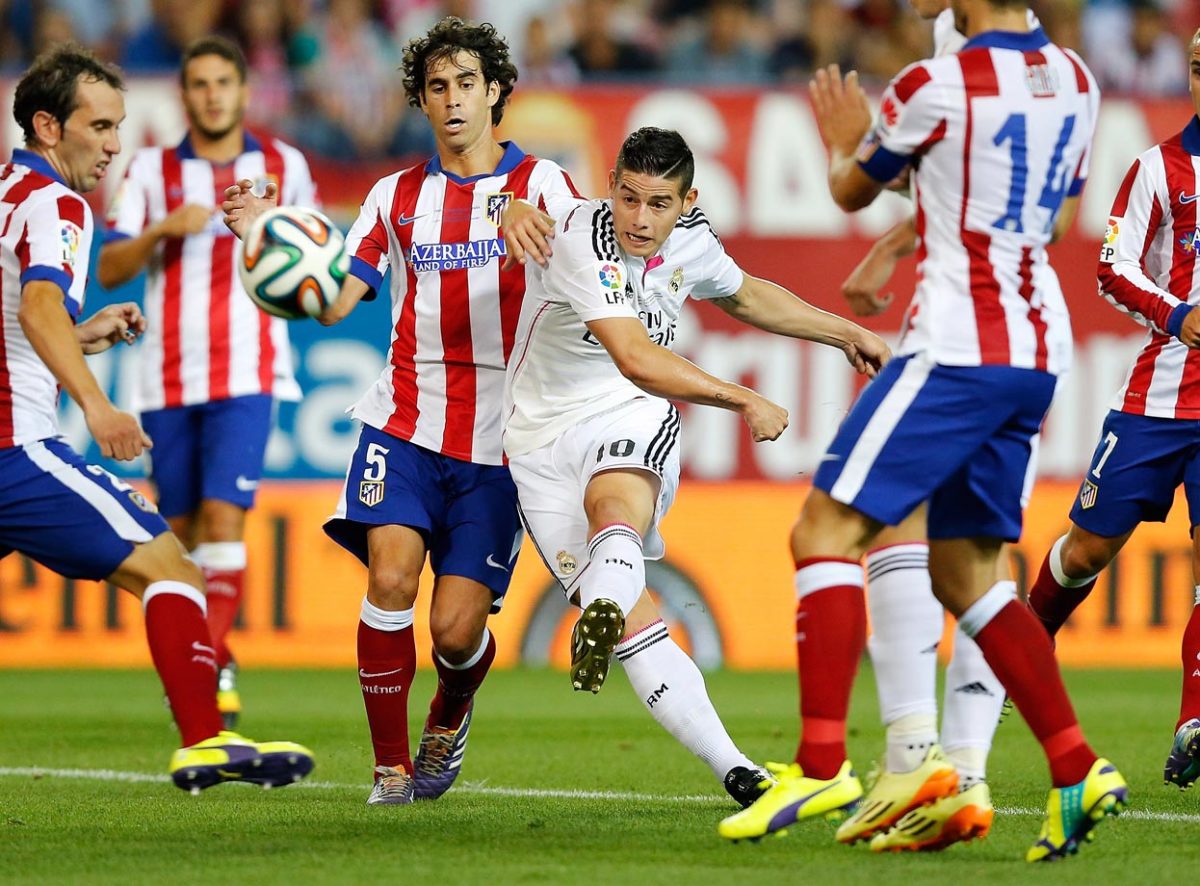
Real Madrid
Radamel Falcao
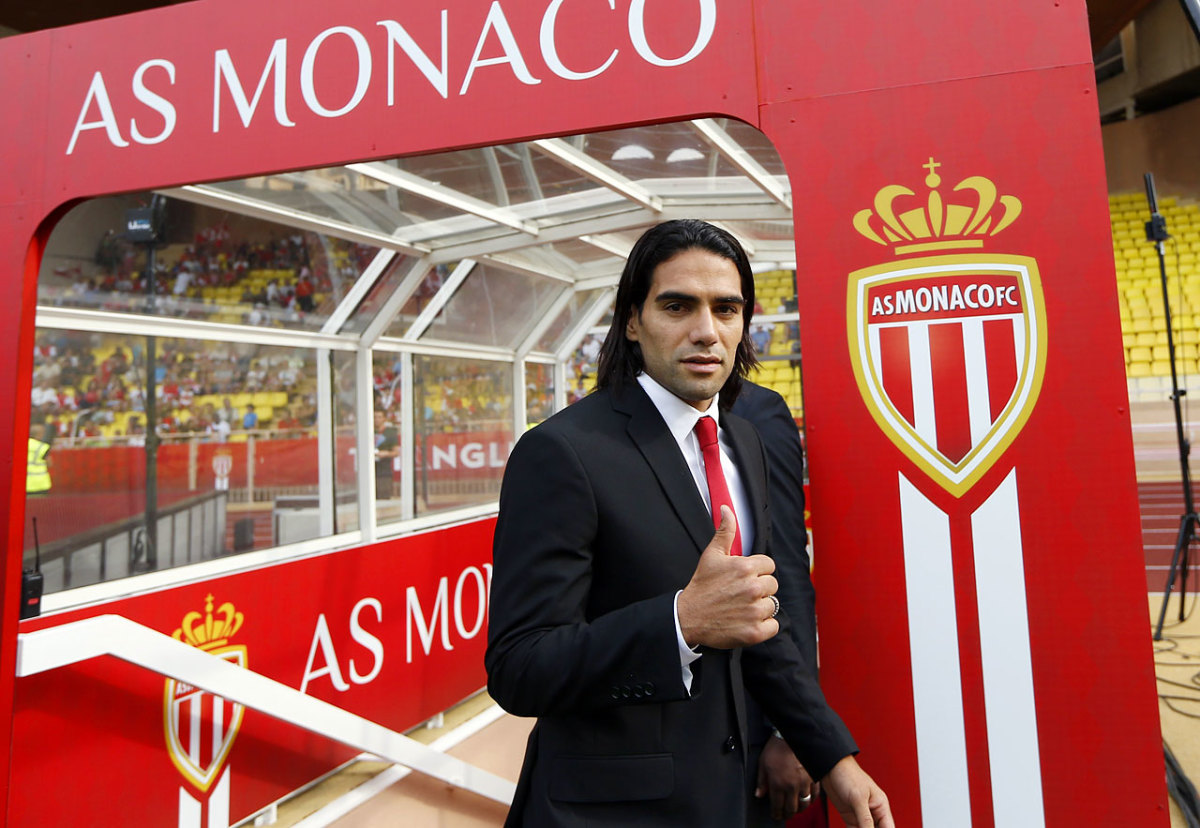
Manchester United (Loan)
Luis Suarez
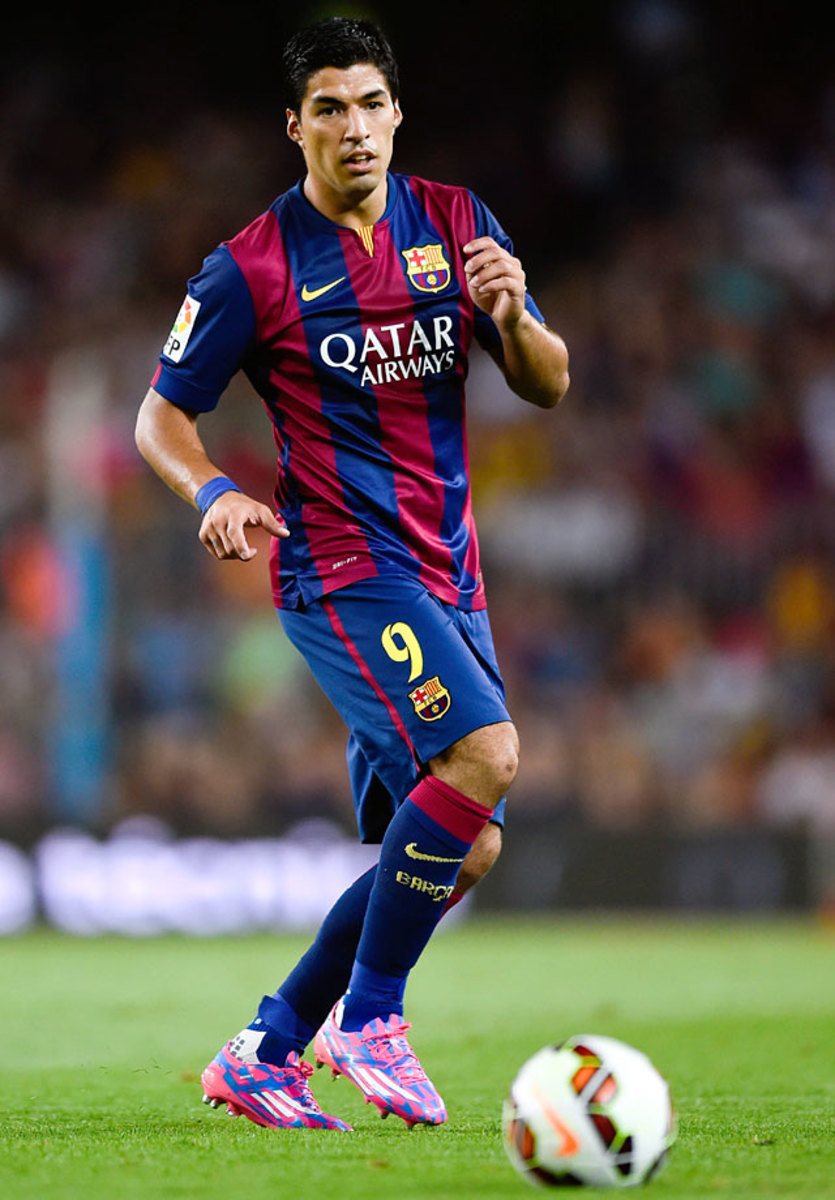
Barcelona
Angel di Maria

Manchester United
Toni Kroos

Real Madrid
Mario Balotelli

Liverpool
Javier Hernandez

Real Madrid (Loan)
Daley Blind

Manchester United
Danny Welbeck
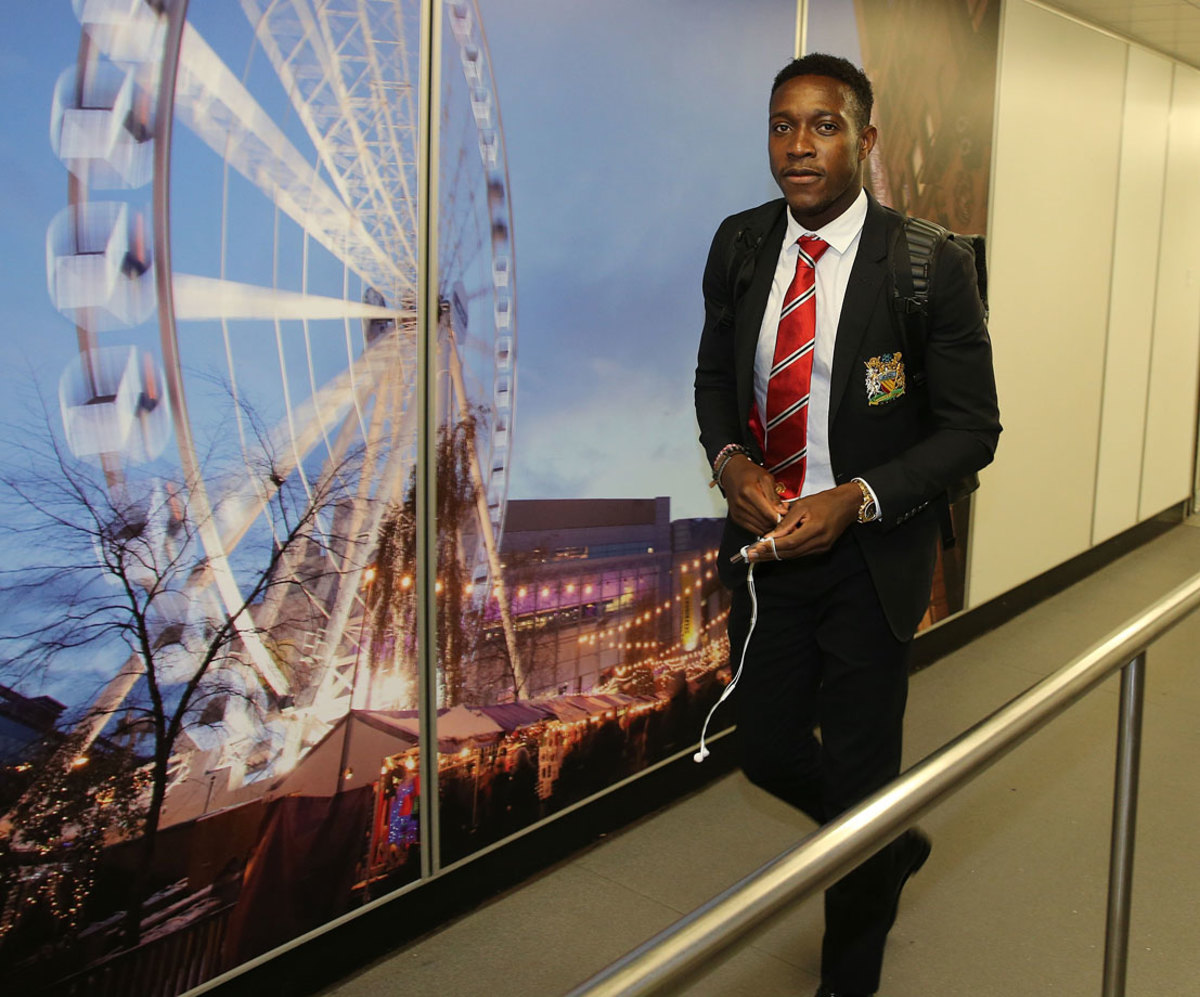
Arsenal
Xabi Alonso
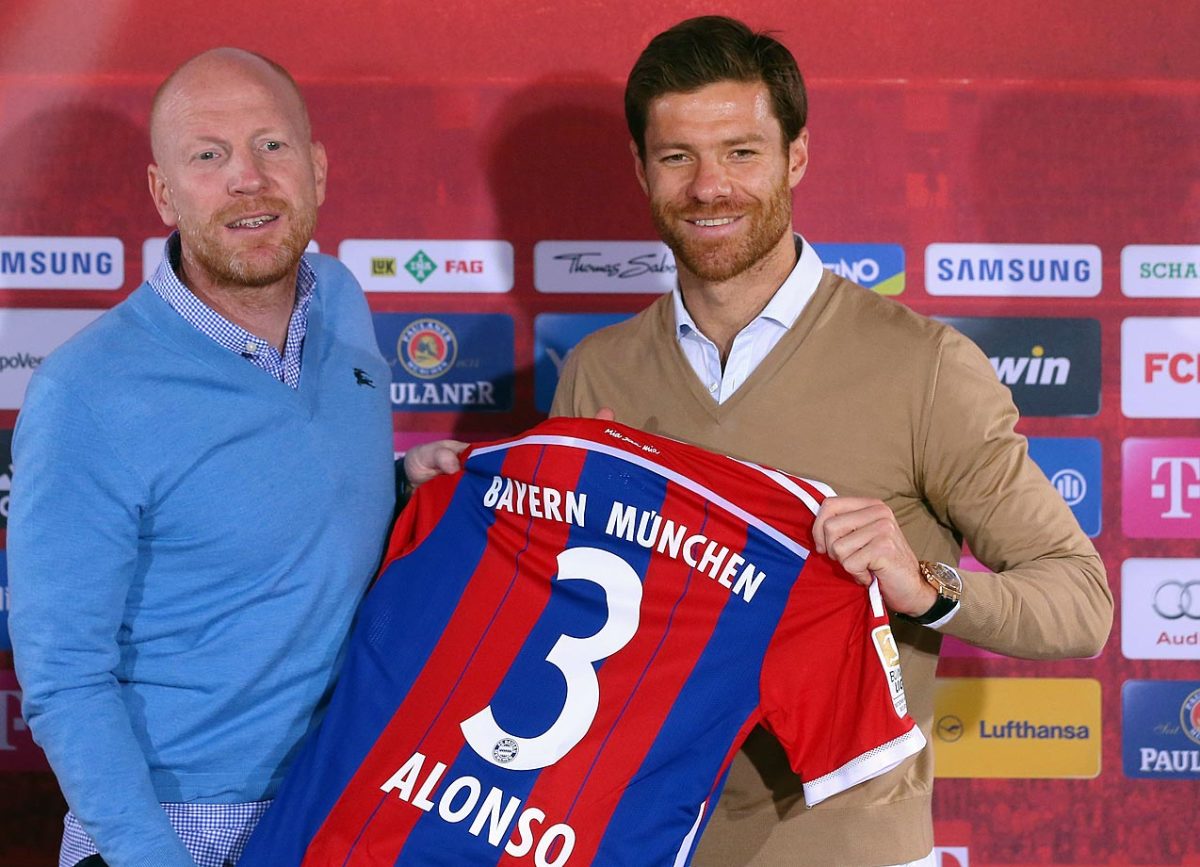
Bayern Munich
Robert Lewandowski

Bayern Munich
Diego Costa

Chelsea
Cesc Fabregas
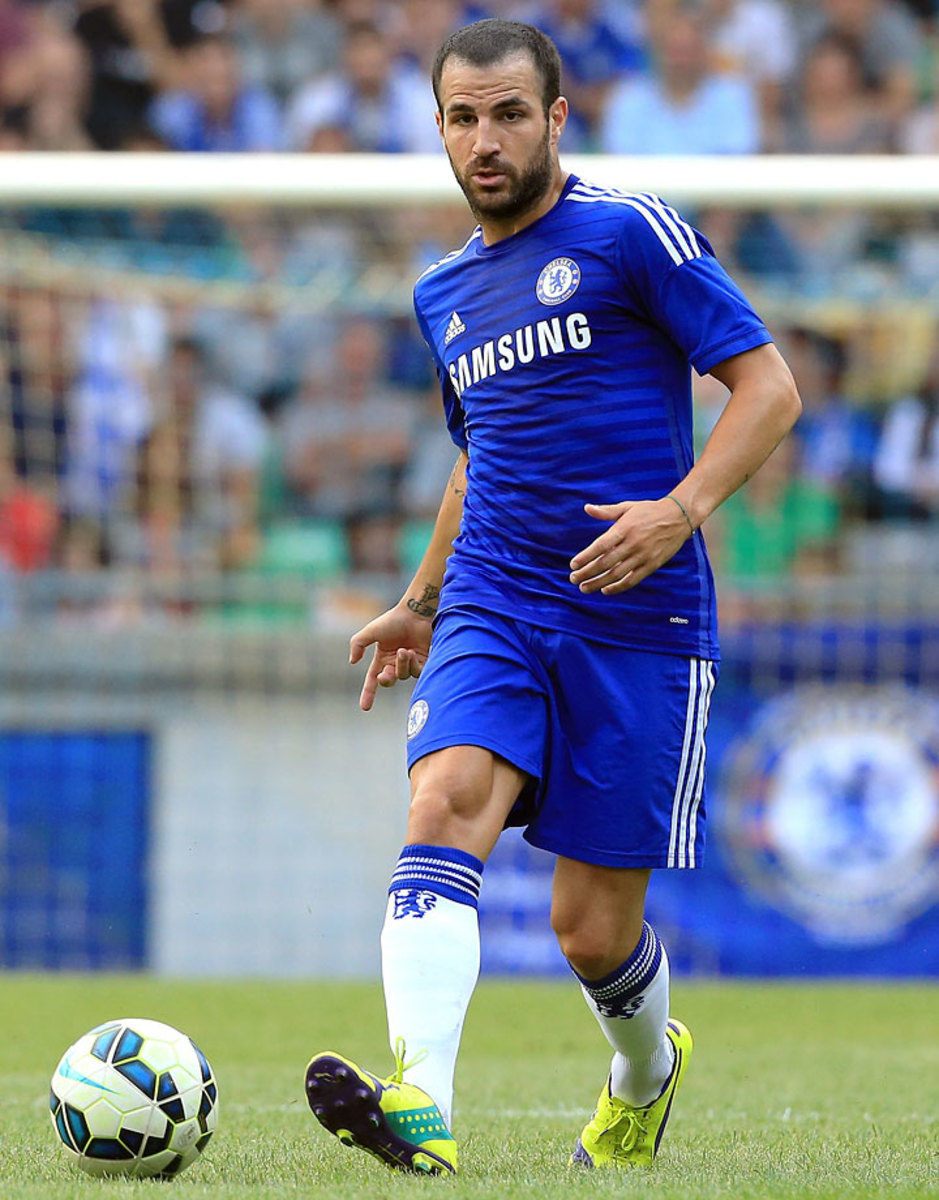
Chelsea
Filipe Luis

Chelsea
Alexis Sanchez

Arsenal
David Luiz
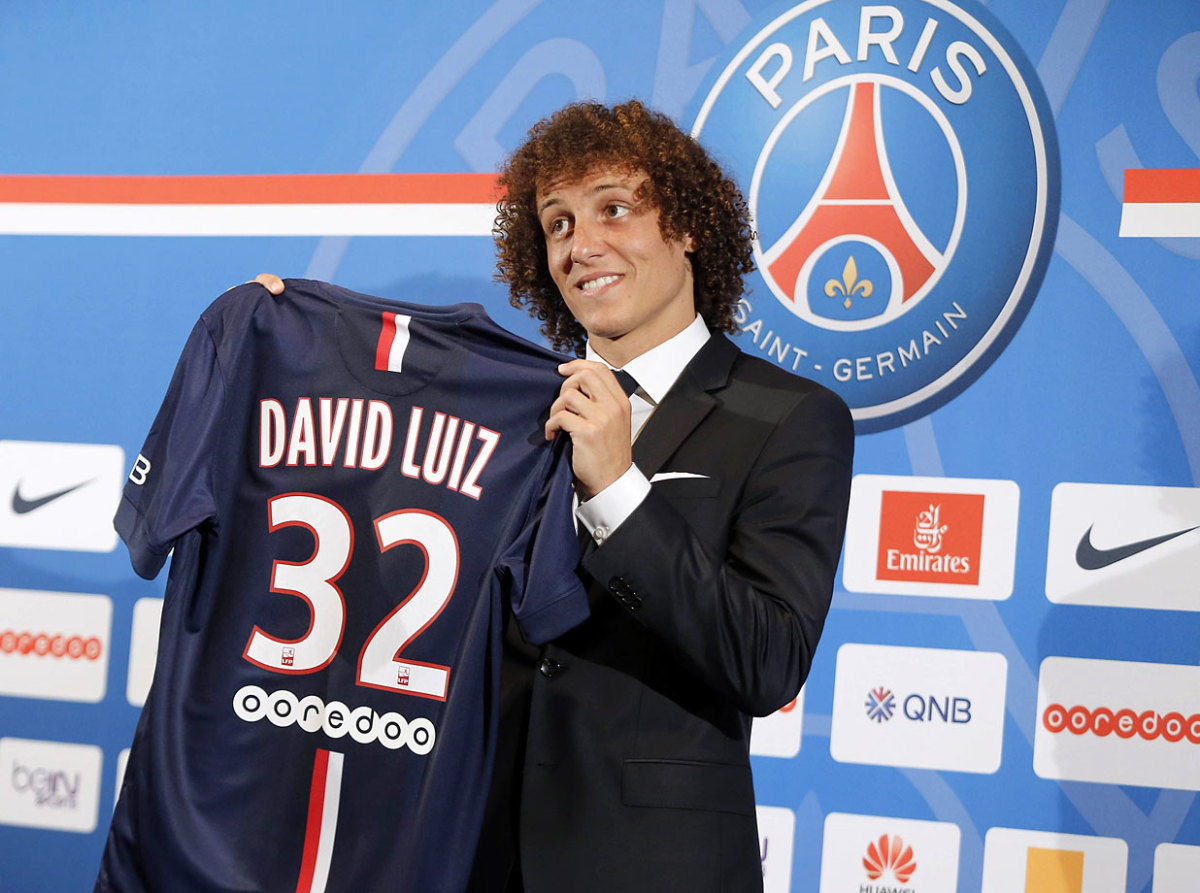
Paris St.-Germain
Guillermo Ochoa

Malaga
Keylor Navas

Real Madrid
Mario Mandzukic
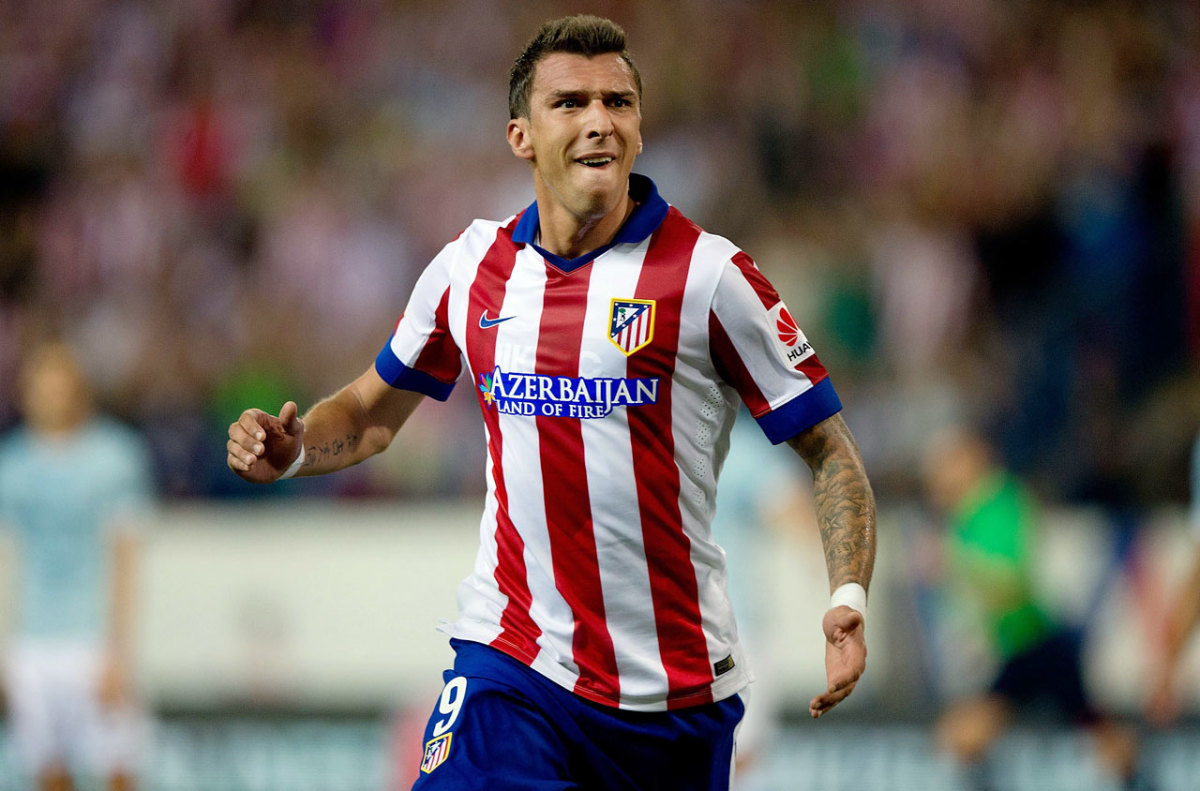
Atletico Madrid
Julian Green
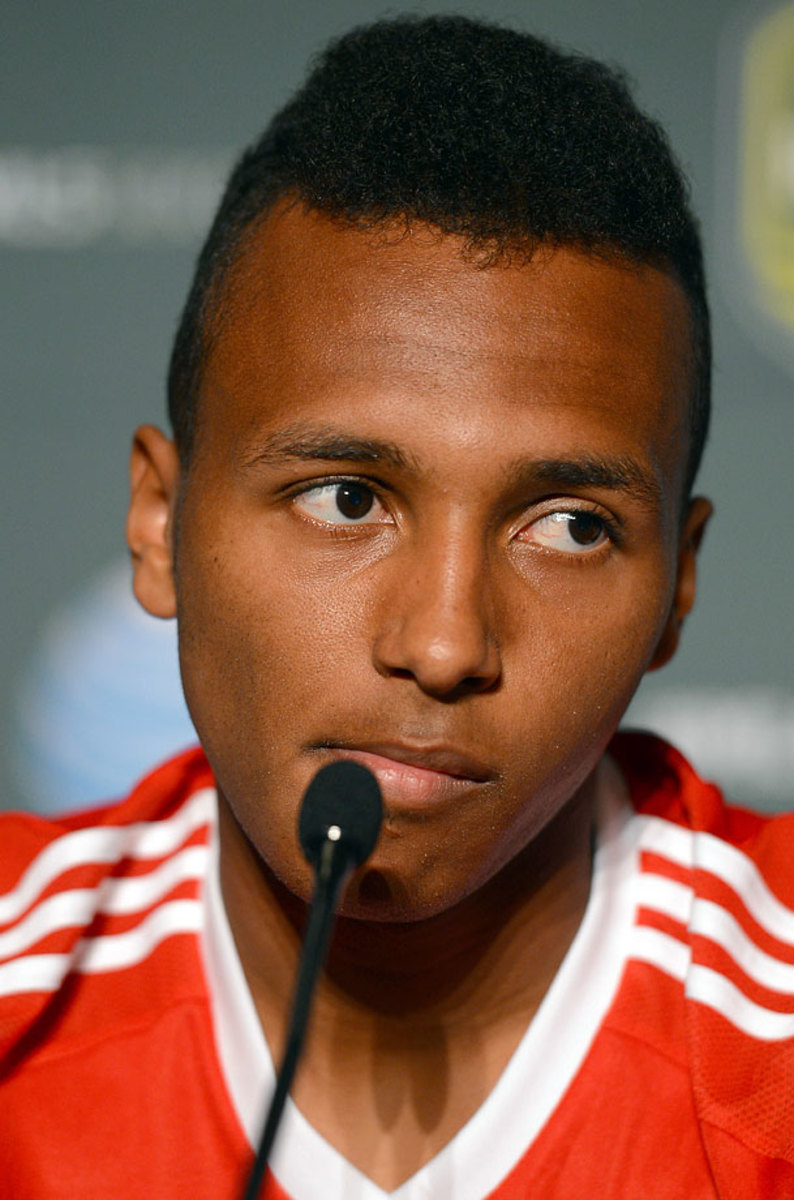
Hamburg (Loan)
Alvaro Negredo
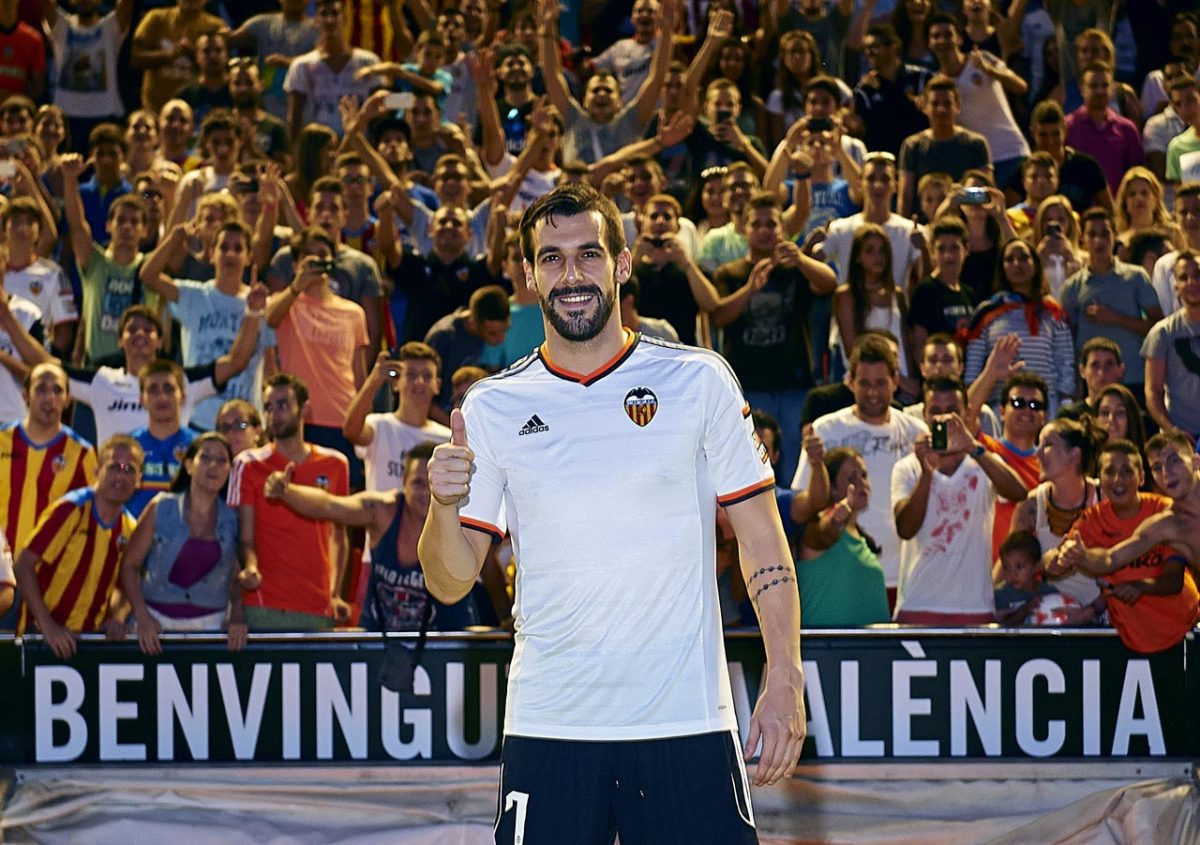
Valencia (Loan)
Ciro Immobile

Borussia Dortmund
Thomas Vermaelen

Barcelona
Antoine Griezmann

Atletico Madrid
Ivan Rakitic

Barcelona
